7 things I learned from using my George Foreman grill
Here's what I learned after 6 years of using my George Forman grill
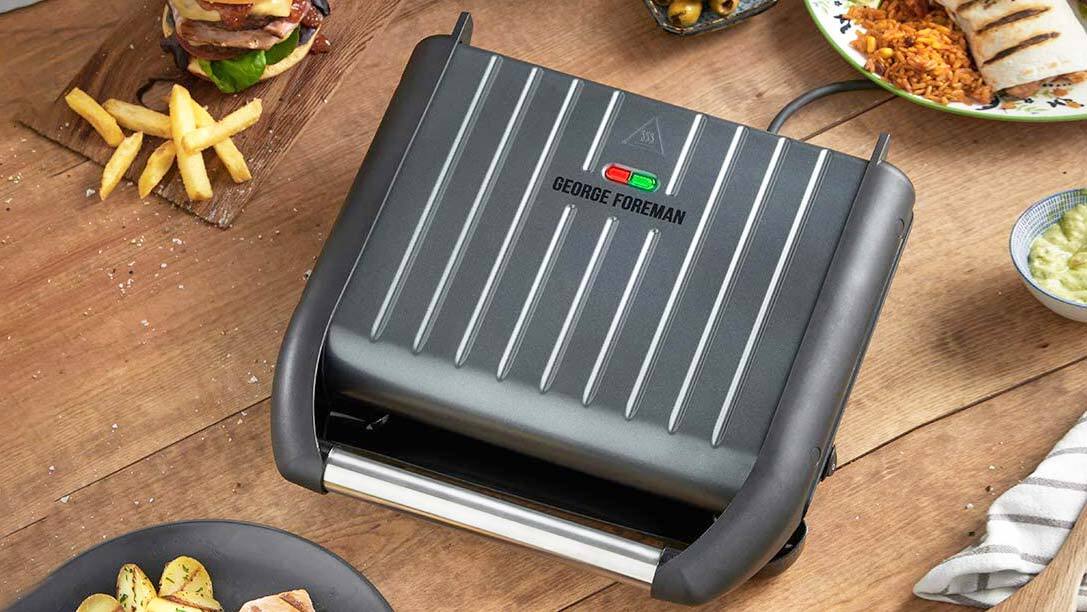
Heading to college, and fearful about my inability to cook, my mom bought me a Skillet and a George Foreman Steel Grill, (£45, Amazon) — a UK-only model, but it is similar to the George Foreman 2-Serving Classic Plate Electric Indoor Grill ($29, Amazon). She was right to be worried; the first time I used the skillet I set off the dorm fire alarm, but the grill never let me down.
Whether it was a bacon breakfast the morning, chicken fillets for dinner, or just a toasted sandwich, my George Foreman got the job done with haste and taste. There’s a reason it’s one of the best appliances for student living and beyond — I still use it to this day 6 years later. Here are even tips I’ve learned from my time as a proud owner.
1. Always preheat
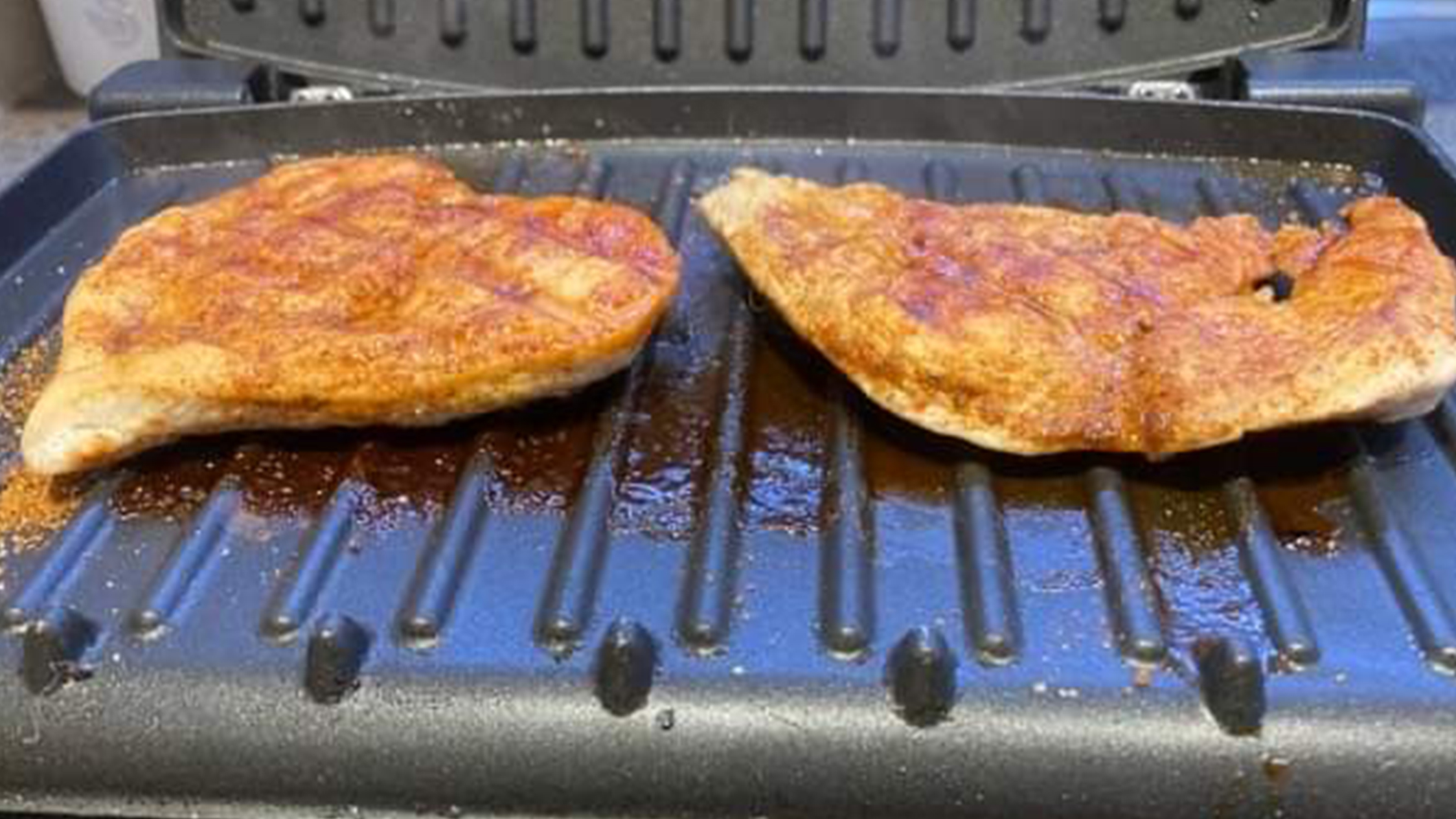
One of the most important ways to get the most out of your grill is to always preheat it. You may be desperate to hear the sizzle of your food cooking, but it’s usually much better to let the grill get up to temperature first. Without preheating, your food will likely take longer to cook, and it can have an uneven and dry finish as a consequence.
This is a particularly important tip for foods such as sausages and burgers, or anything that you need to turn regularly. If you don’t want your burgers to stick to the grill and tear apart, preheat.
2. Clean regularly
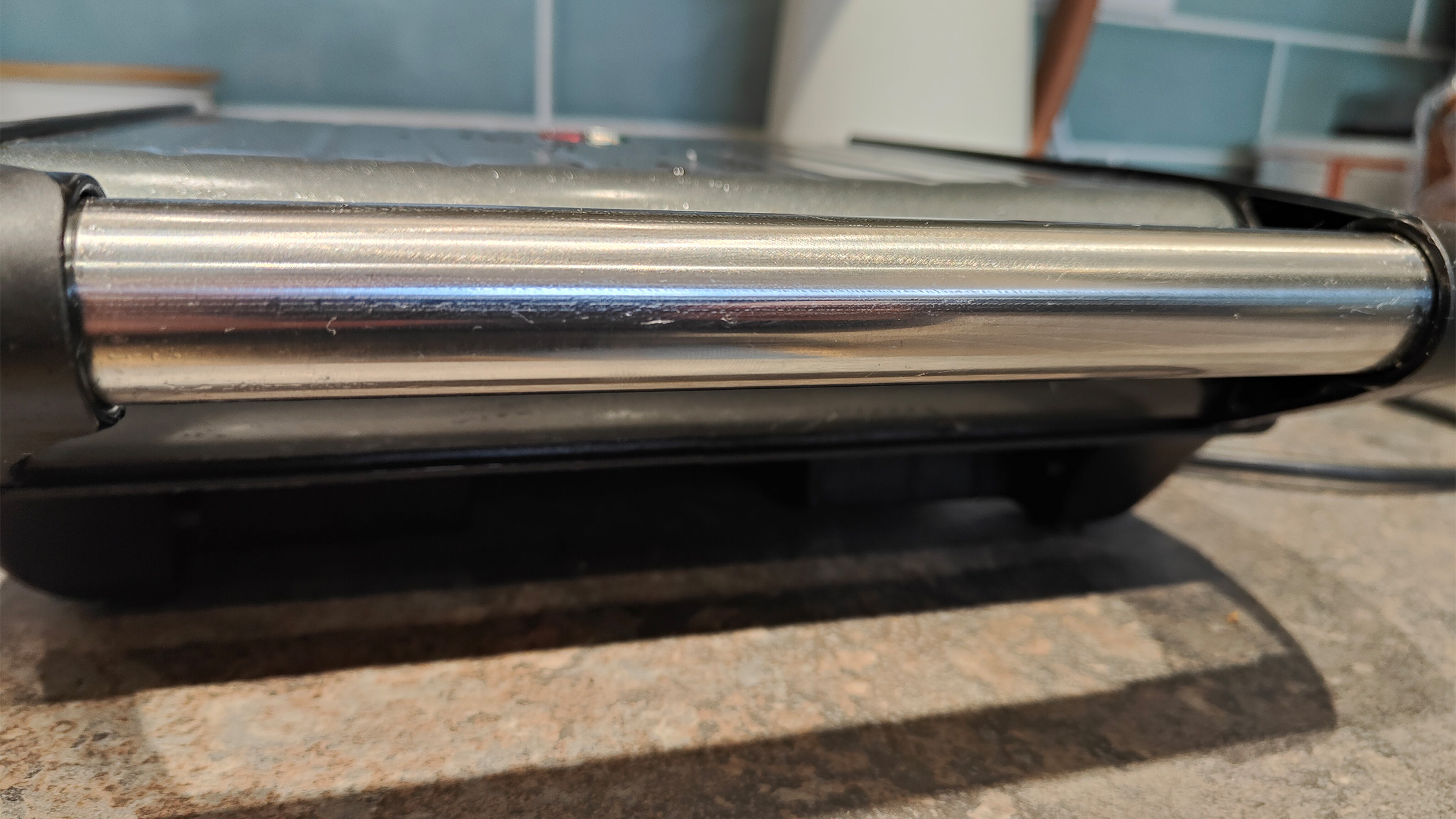
Knowing how to clean a grill is important, even for a George Foreman. While it may not use charcoal, each use will leave the plates greasy and unhygienic.
It is obviously not wise to have leftover food residue stuck to the grill — this can affect the performance of your grill and impact other items you cook on it. Make sure the grill is switched off, unplugged and cool, then clean the plates with soapy water and a sponge. Rinse with a damp sponge and dry with a microfiber cloth. Leave it to completely dry before using again.
Avoid cleaning with metal utensils, otherwise you could scratch the the non-stick surface. You should clean your grill after each use.
3. Don’t just cook meat
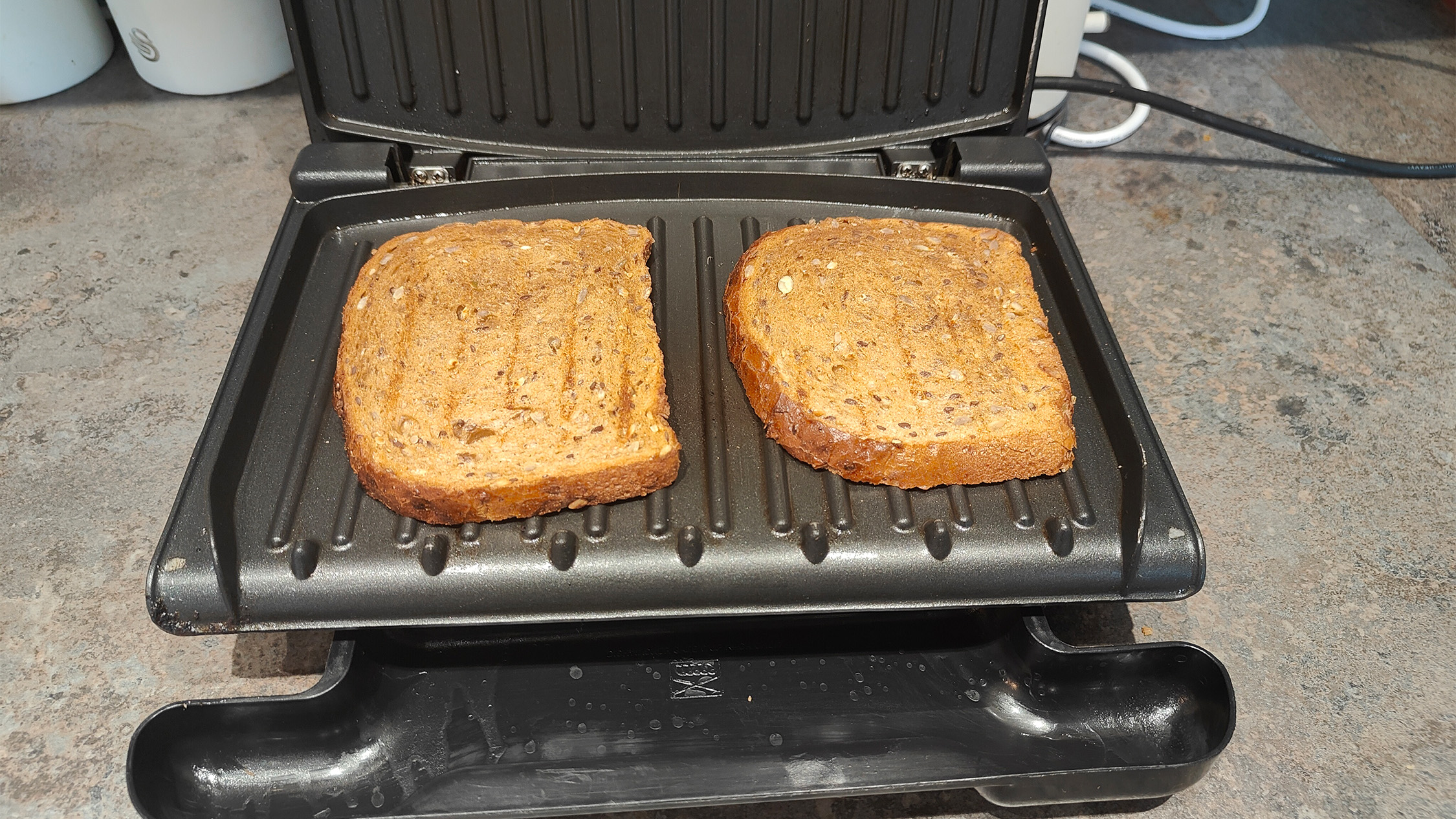
Yes, George Foreman grills are great at melting away the fat on meat, but that doesn’t mean that’s all they’re good for. Vegetarian options, such as Quorn and Seitan, can be just as delicious.
And it doesn't stop there, much like a traditional BBQ, fruit and vegetables go great on the grill. Personally, I like to cook pineapple slices on it, but others also swear by grilled asparagus. If you don’t have a toaster, the grill also makes for a fine stand-in — toasted sandwiches and French toast are quick and easy to make.
4. Cook frozen food
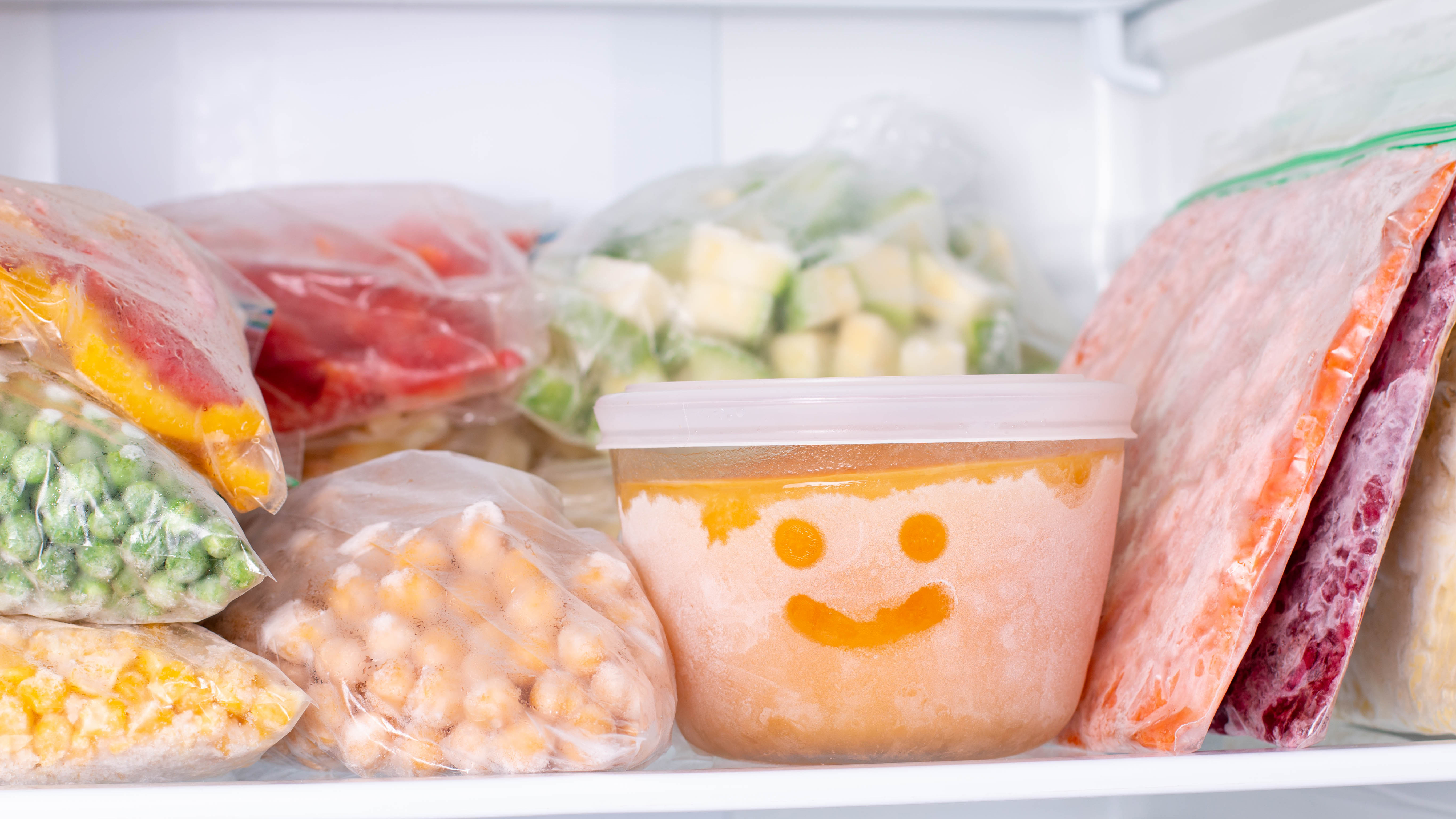
It can be a pain when time is short and you need something to defrost, but if you don’t take the time, it can be risky to cook — especially frozen meat. Getting frozen food to cook evenly all the way through can be a real lottery, but with a George Foreman Grill, it’s a non-issue.
Just make sure to pre-heat as always and cook frozen food for longer than usual. As a rule of thumb, add 50% onto the original cooking time. You can always refer to the cooking charts in the manual for guidance.
5. Use dry rubs
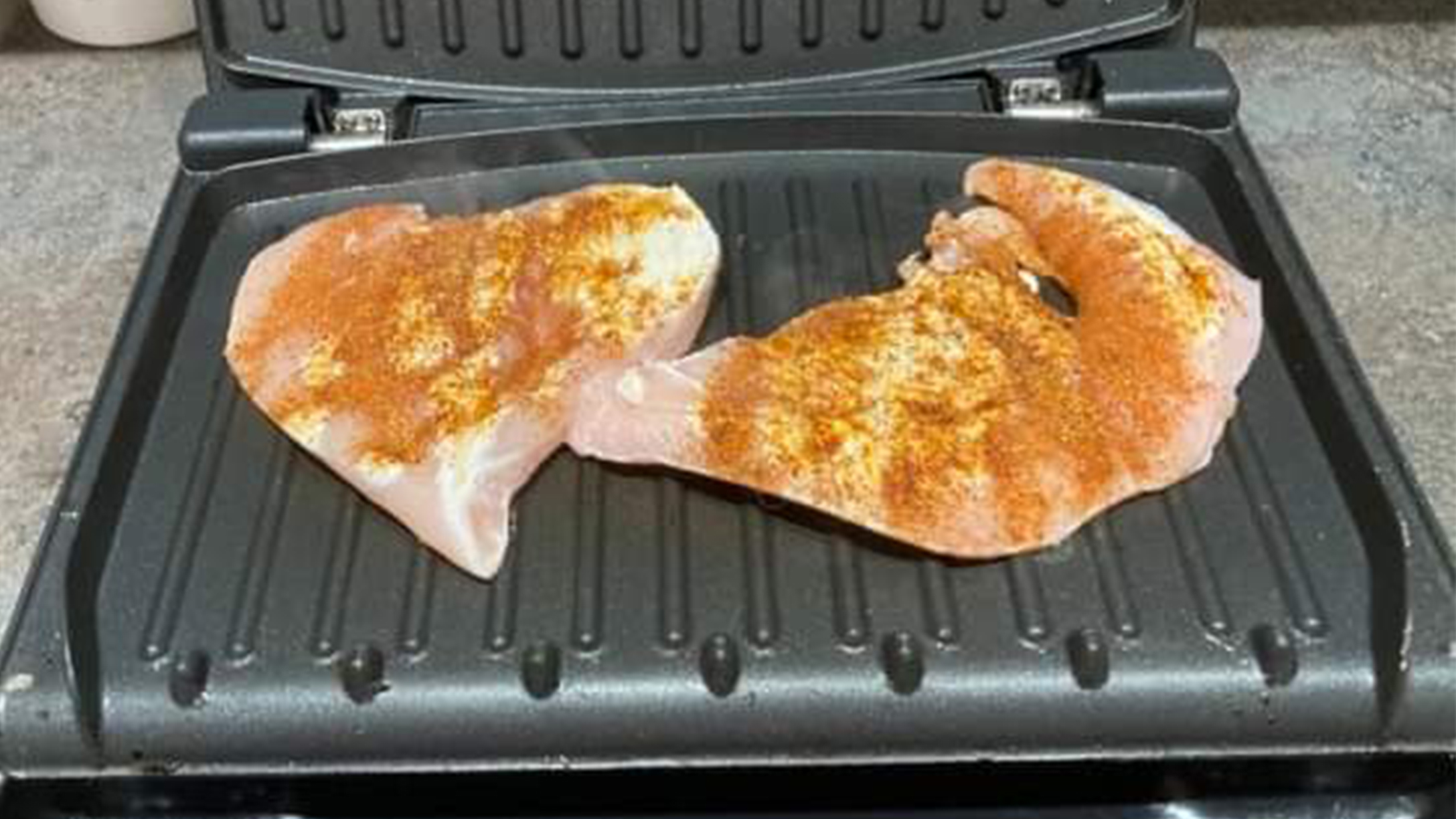
You might think that a George Foreman grill works too quickly to cook in extra flavor, but adding a dry rub is a great way to spice things up — literally! Before you place meat (or meat substitutes) on the grill, make sure the rub is evenly spread on the items — simply work it in with your hands. I’m partial to a jerk chicken rub, but there are all sorts of different flavors to experiment with.
6. Dispose of grease and fats properly
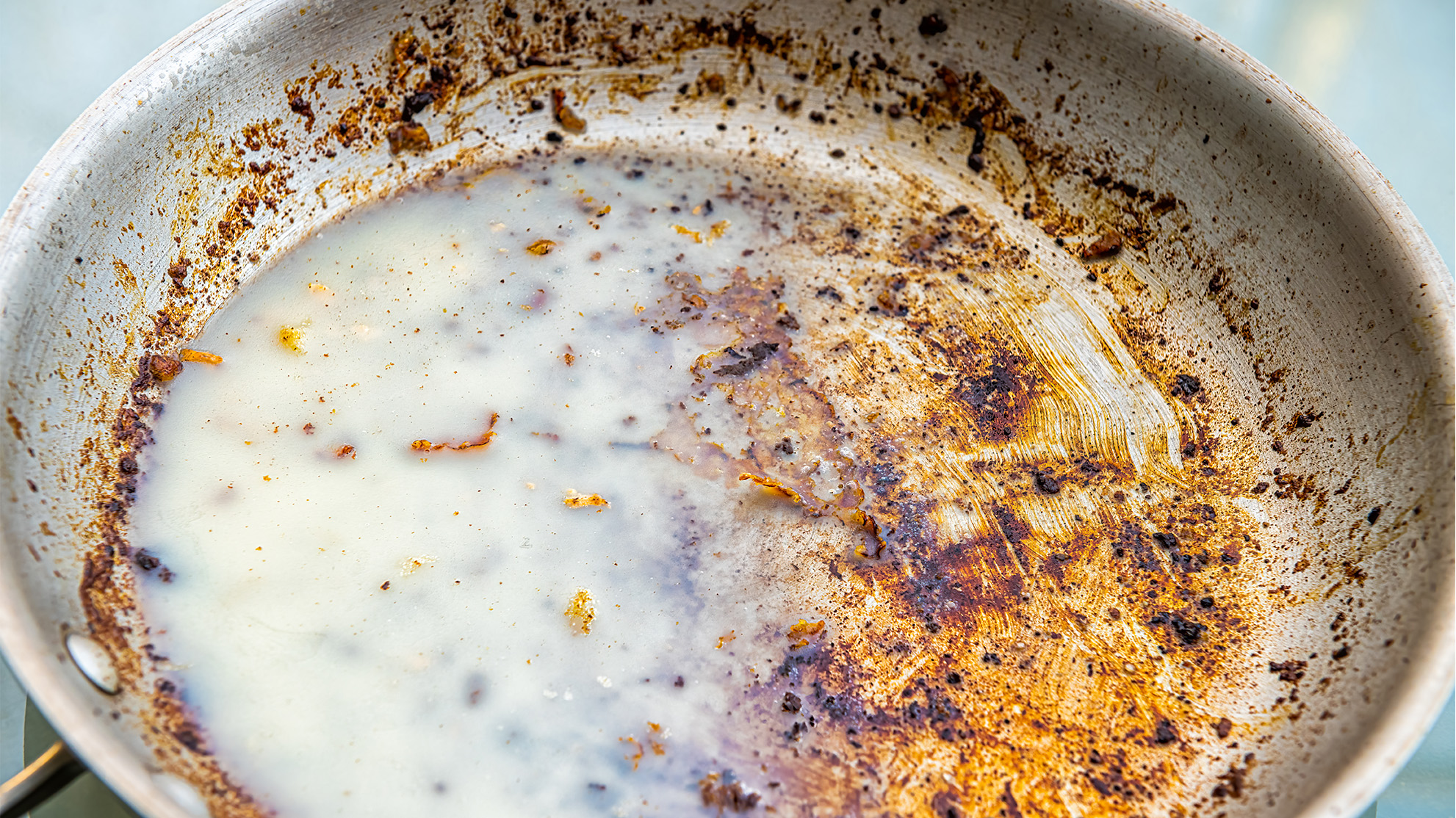
One of the best things about a George Foreman grill is the way it drains fat away from your favorite meals, but all that fat has to go somewhere, so what should you do with it once collected? The most important thing is to never pour it down the sink. Not only can it damage and even clog your garbage disposal, but grease and fat can also linger in the system and start to smell foul.
Make sure to collect grease and fats and throw it away in the trash directly. Some areas do recycle excess grease and fats into biofuel, so check with your local waste disposal companies.
7. Use less oils
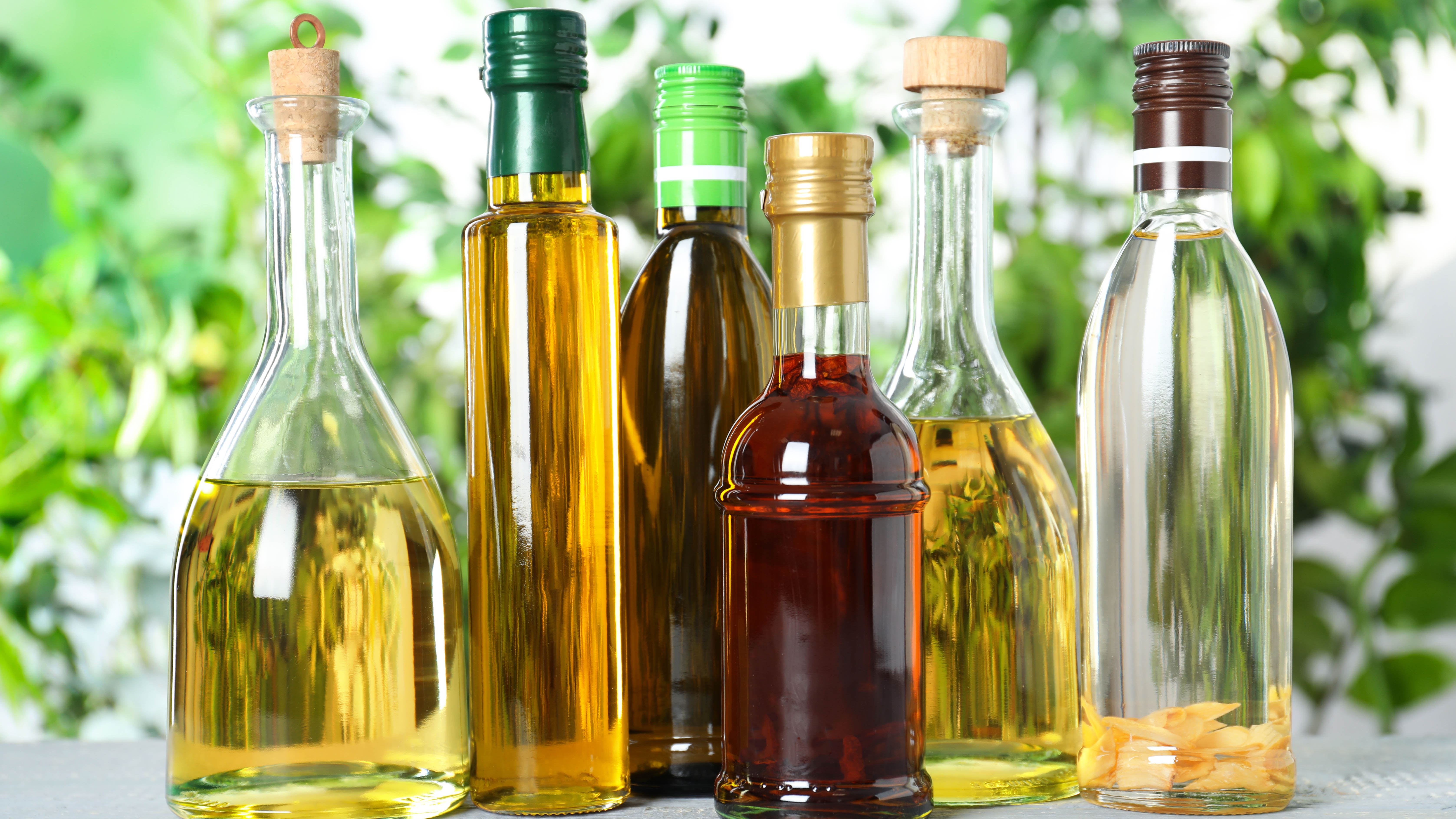
Oil and butter is normally crucial to most pan-fried recipes. However, thanks to its non-stick coating, there’s no need to use vast amounts of oil and butter, if any, when cooking on a George Foreman grill.
Not only does this save money on expensive ingredients, but it is also much healthier for you and kinder to the environment. A win all round!
Sign up to get the BEST of Tom's Guide direct to your inbox.
Get instant access to breaking news, the hottest reviews, great deals and helpful tips.
Andy is a freelance writer with a passion for streaming and VPNs. Based in the U.K., he originally cut his teeth at Tom's Guide as a Trainee Writer before moving to cover all things tech and streaming at T3. Outside of work, his passions are movies, football (soccer) and Formula 1. He is also something of an amateur screenwriter having studied creative writing at university.
